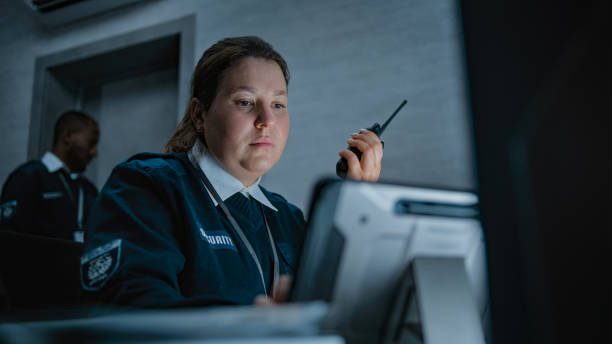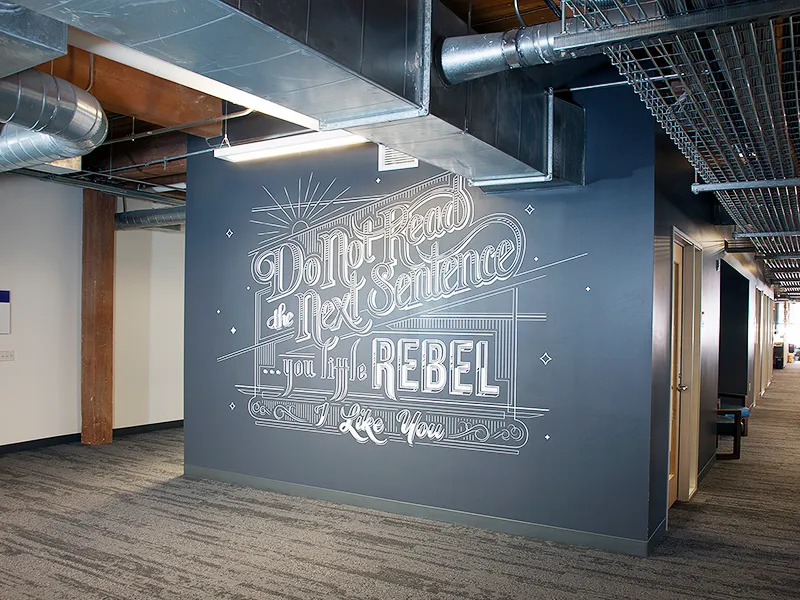It’s a sweltering Friday afternoon at a bustling downtown mall. A security guard named Jamal notices a man pacing near the food court, his hand nervously tucked into his jacket. Instead of dismissing it, Jamal’s training kicks in. He remembers the role-play drills: Observe, assess, act. He approaches casually, asks if the man needs help, and spots the outline of a knife. Within seconds, Jamal uses verbal de-escalation tactics learned in a simulated robbery scenario, convincing the man to surrender the weapon. Shoppers nearby never even realize a crisis was averted.
This is the power of training that mirrors real life. In security, hypothetical knowledge isn’t enough—guards need to feel the adrenaline, the chaos, and the split-second choices they’ll face. It’s the difference between freezing under pressure and acting with precision.
Why Training is the Heartbeat of Effective Security
Security isn’t a checklist; it’s a dynamic dance between threat and response. Untrained guards might know what to do, but without practice, they’ll falter when stakes are high. Consider:
- Active shooters: Trained armed guards can lockdown a building in under a minute. Untrained teams average 4+ minutes—a lifetime in a crisis.
- Medical emergencies: Guards with CPR certification save lives 3x more often than those without.
- Cybersecurity breaches: Tech-trained guards spot phishing attempts that bypass firewalls.
But the real game-changer? Training that plunges guards into the unpredictability of real-world chaos.
The Crucible of Real-Life Scenarios: Where Theory Meets Survival
Classroom lectures can’t replicate a screaming crowd or a flickering flashlight during a power outage. That’s why cutting-edge programs now immerse guards in hyper-realistic drills:
- VR Simulations: Battling Digital Ghosts
In Miami, guards don VR headsets to navigate a virtual nightclub under cyberattack while managing a brawl. The exercise trains them to toggle between physical and digital threats—a skill that helped one guard disable a hacker accessing surveillance feeds during an actual break-in.
- Stress Inoculation: Chaos on Purpose
At a Las Vegas training facility, guards navigate smoke-filled rooms, ear-piercing alarms, and actors portraying aggressive intruders. “We crank stress until their brains learn to stay calm,” says instructor Rosa Mendez. One graduate later disarmed a gunman at a tech conference by using controlled breathing techniques mid-standoff.
- Community Role-Plays: The Human Puzzle
Guards in Chicago train with homeless actors to distinguish between genuine threats and mental health crises. A guard named Luis credited this with helping him connect a schizophrenic woman to social services instead of arresting her. “She’s now in treatment, not jail,” he says.
Case Study: The Mall That Saved 300 Lives
In 2023, a fire broke out in a Seoul department store during peak hours. Security guards, drilled weekly in evacuation scenarios, executed a textbook response:
- First guard: Triggered alarms and directed crowds to exits using hand signals (practiced to bypass language barriers).
- Second guard: Used a floor plan memorized during drills to guide trapped shoppers through a service corridor.
- Third guard: Administered naloxone to a visitor overdosing in a restroom—a skill learned in a first-aid simulation.
Result? Zero fatalities. “The fire was hell, but our training was muscle memory,” said guard Hyeon-ju.
The Cost of “Good Enough” Training
Skimping on realism has consequences. A security firm in Dallas cut scenario training to save costs. Months later, their guards froze during a bank heist, leading to a hostage situation. The ensuing lawsuits bankrupted the company. Contrast this with casinos in Macau, where guards rehearse daily for scenarios ranging from cheating schemes to typhoon evacuations. Their incident resolution rate? 89% success, with guest satisfaction soaring.
Beyond the Badge: Training as a Lifeline
Guards aren’t robots—they’re human shields with families and fears. Realistic training does more than hone skills; it builds the resilience to endure trauma. After a school guard in Nashville disarmed a teen shooter, she told reporters, “The drills were harder than the real thing. That’s what saved us.”
Conclusion: Training as the Ultimate Equalizer
In a world where threats evolve daily, security isn’t about strength or gadgets—it’s about preparation that breathes, adapts, and perspires. Guards trained in real-life chaos don’t just respond to emergencies; they rewrite outcomes. They’re proof that when training mirrors reality, courage becomes routine.
For businesses and communities, the message is clear: Invest in training that doesn’t just teach, but transforms. Because when danger strikes, no one rises to the occasion—they fall back on their training.
Want to see real-life training in action? Firms like Crisis Ready Security offer public workshops where guards navigate simulated riots, cyberattacks, and medical emergencies. Spoiler: It’s as intense as it sounds.









